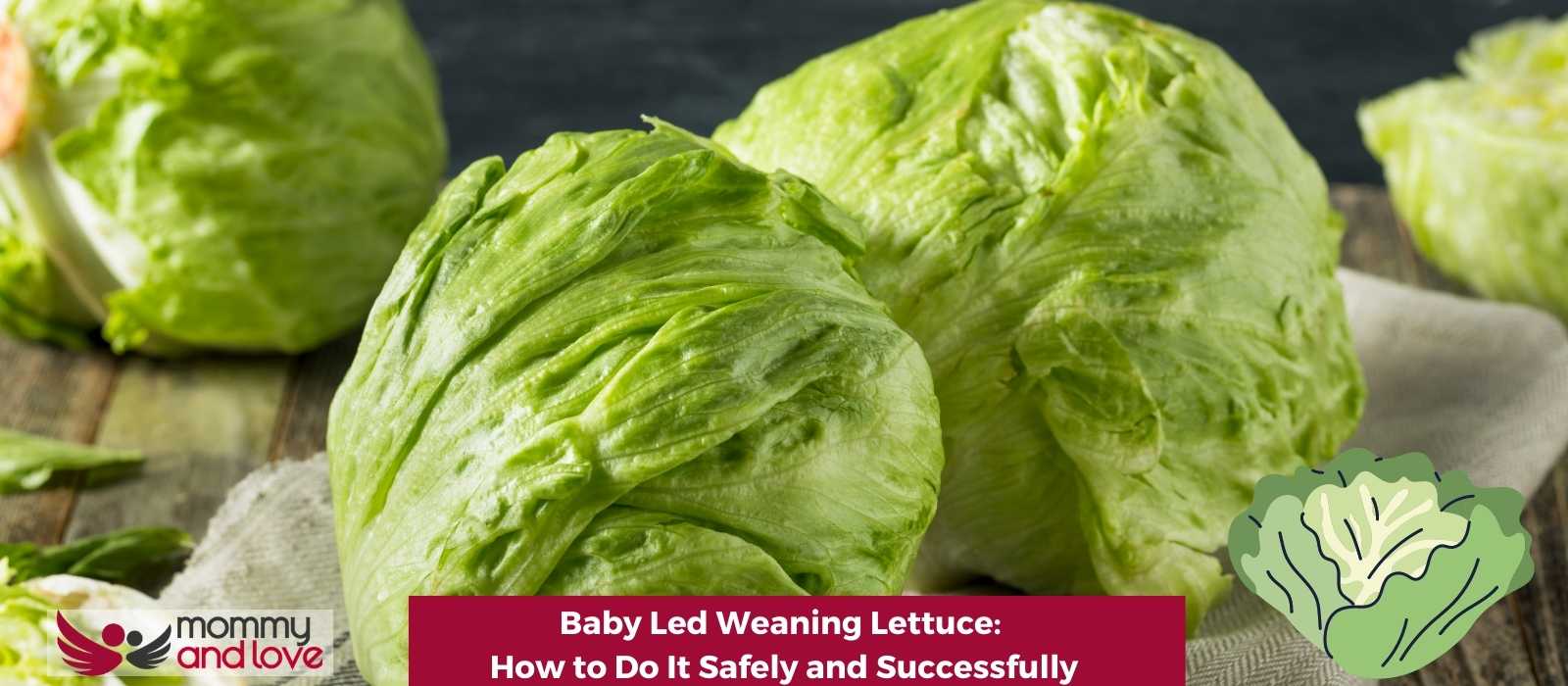Many parents worry about whether it’s safe to give their baby lettuce when starting solids.
Baby-led weaning (BLW) is a popular method of introducing solid foods, but there are some safety concerns to consider.
Here’s what you need to know about giving your baby lettuce during the weaning process.
Affiliate Disclaimer: As an Affiliate, we earn from qualifying purchases.
Is Lettuce Healthy?
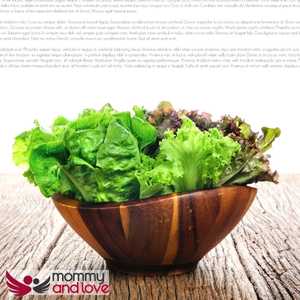
Lettuce salad is a very healthy salad green. It is low in calories and contains vitamins A, C and K. It also has a high water content, which makes it refreshing and hydrating.
Lettuce salad is also a good source of iron and vitamin K, which helps keep your bones strong, is good for the immune system and may reduce the risk of heart disease and cancer.
A large cup of iceberg lettuce salad contains just 5 calories, which means you can eat large amounts without worrying about weight gain.
Lettuce salad and other foods such as broccoli, spinach and kale also contain carotenoids, which have been linked to a reduced risk of several types of cancer and macular degeneration, a condition that causes vision loss.
It’s important to note that iceberg lettuce salad has fewer nutrients in the lettuce family, such as red leaf lettuce or romaine.
When Can Babies Eat Lettuce and Leafy Greens?

Babies can start eating lettuce salad as soon as they are ready to start solid foods which usually happens when they reach the age of 6 months.
The recommended age is 6 months, but some babies can start a little earlier between 6-8 months old.
Start by offering a few bites of lettuce salad once a day. If your baby doesn’t like it or seems to have an allergic reaction, stop feeding your baby lettuce and consult with the doctor.
If it’s your first time giving lettuce salad to your kids, make sure you introduce it one at a time with 3 to 5 days apart.
This will help you to identify any food allergies or intolerances as well as help you determine which vegetables and fruits your baby likes best.
Can You Puree Iceberg Lettuce for a Baby?
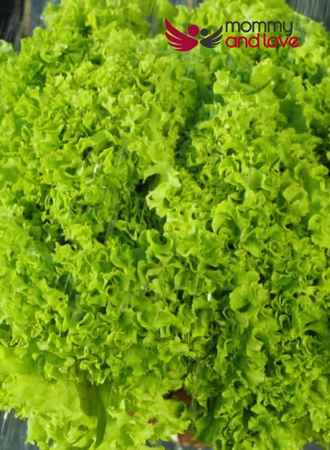
Yes, you can puree lettuce for a baby but make sure all the ingredients are safe and natural. But lettuce is best eaten as finger food for baby-led weaning.
Interestingly, lettuce is more nutritious when cooked and seasoned with a small amount of olive oil. And they taste better with a crisp texture.
When cooked, they may taste different than if you serve them as salads but they’re still good.
Is Lettuce a Choking Hazard for Babies?
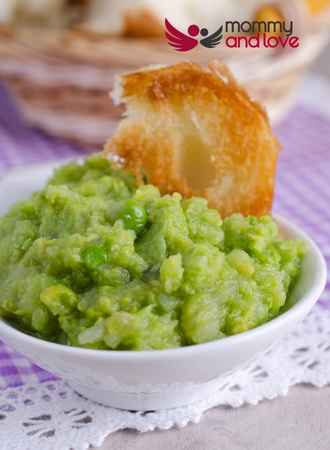
Lettuce is a choking hazard for little kids.
Although some people recommend that kids start eating leafy greens like lettuce at 6 months old, lettuce should be avoided until your baby has well developed pincer grasp (which usually happens around 10 months old).
They are slippery and stringy, especially when raw.
If you give lettuce to your baby and the leaves cling to her tongue or the roof of her mouth, she could gag.
However, this can happen with any soft food such as raw greens during baby-led weaning.
Pieces from the green salad can that gets stuck to your baby’s tongue.
You can prevent this choking risk by dicing or shredding the lettuce salad. This way, your little one can swallow it easily.
How to Introduce Lettuce to Your Baby’s Diet
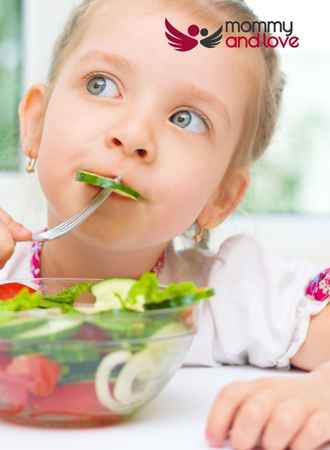
The best way to introduce lettuce to your baby is through purees or by steaming and chopping it up into a fine texture.
If you choose to steam the lettuce, make sure that you allow it to cool before feeding it to your little one.
Also, make sure that the lettuce you feed your baby is freshly washed thoroughly because lettuce can contain bacteria that can cause illnesses such as E.coli if not properly washed.
You can season it with natural homemade dressing such as olive oil or sesame oil.
You can also use avocado oil to make it retain its crunchy texture and add some healthy fats.
How to Prepare Lettuce for Baby-Led Weaning
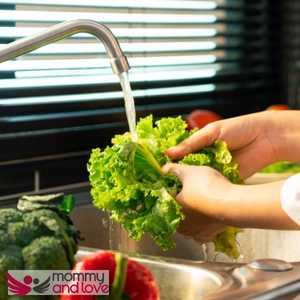
When you’re introducing solid foods to your baby, it can be a big milestone. One popular way to do this is called baby-led weaning (or BLW).
Rather than spoon-feeding purees, in baby-led weaning, parents give babies larger pieces of food that they can pick up and eat themselves.
It helps them develop their grasp and gives them more control over what they eat.
Ensure you have some baby led weaning bibs, as it can get very messy!
Lettuce is soft food that’s great for babies. As long as you cut it into the right size pieces, it’s easy for them to handle.
There are several different varieties of lettuce you can choose from for baby-led weaning, such as iceberg lettuce and romaine.
Cut the lettuce into manageable strips. You want to cut the lettuce so that each piece is about the width of your baby’s closed fist (to allow for two fingers to grip it) and about two inches in length.
If you can’t find any whole leaves of lettuce wraps, use half a leaf instead. Make sure all parts of the cut lettuce are dry — wet lettuce leaves can be slippery and difficult for babies to hold on to.
Give the lettuce a good rinse before serving it to your baby. This will remove any dirt or grit that might be clinging onto the lettuce.
You can always to your baby’s doctor and seek professional medical advice.
Takeaway
Congratulations on your new arrival! If you’re like most parents, you want to ensure that your child has the best possible start in life.
That includes giving them a healthy diet full of nutritious foods. In this post, we’ve talked about one particular superfood for babies – lettuce.
Lettuce is a great food to introduce to your baby in their first year, as it is a great source of vitamins A, C and K.
Babies can start eating lettuce and other veggies such as cucumber, broccoli, tomatoes and carrot provided that you chop and slice them in age-appropriate sizes as soon as they are ready to start solid foods which usually happens when they reach the age of 6 months.
So why not give it a try? We hope you have found this post helpful and that you will enjoy introducing lettuce to your little one.

This article was written by Sandra Baker – full time writer and the mother of four amazing kids (including twins!)
She’s also a breastfeeding counselor and has spent years helping new parents learn how to care for their children. When she’s not writing or caring for her children, Sandra likes to spend time reading and taking walks with her husband.

